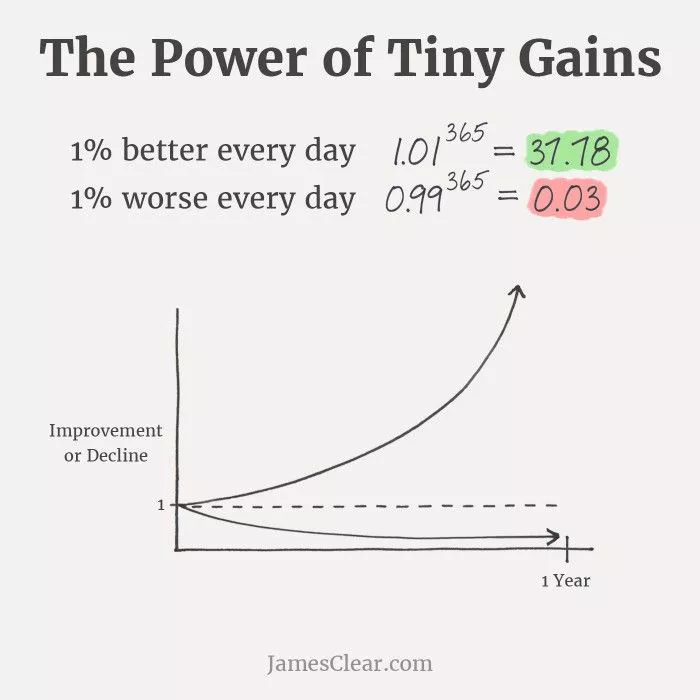Continuous Improvement Culture

How to establish a culture of continuous improvement across whole company?
Why it’s even important to have continuous improvement culture in your company? For example, if you read a book for 15 minutes daily you already read more than majority of people aged between 15 to 44. Just fifteen minutes a day may put you ahead of competition and this result will be multiplied through the period of time. Same works in business, teams of personal growth.
Let’s go top down and start with high level - business. To stay ahead of competitors and establish a sustainable business model, companies must foster a culture of improvement and growth. One way to achieve this is by celebrating milestones and focusing on positive behaviour and people’s wins, rather than blaming individuals for mistakes.
Another major building block for such culture would be trust and encourage employees to take full ownership of their work to provide them with the necessary resources and support to continually improve. Additionally, creating a culture of experimentation and taking calculated risks, failures happen anyway don’t make stressful situation out of them rather show support and gain experience.
On the team level, especially in engineering teams, it’s important to provide quick feedback on the process, product, or code at the end of the sprint or some other time period where you can reflect on the past. This is called a retrospective. Main purpose of retrospectives to identify areas of improvement. There are various types of retrospectives that can be useful in different situations, and every team lead should master at least a few of them.
- Start, Stop, Continue
- Mad, Sad, Glad
- Sailboat
- 5 Whys
- Timeline
- Strengths-Based
- Constellation
As for individuals and for everything mentioned above I will quote James Clear and highly recommend to read a book if didn’t yet:
“Meanwhile, improving by 1 percent isn’t particularly notable—sometimes it isn’t even noticeable—but it can be far more meaningful, especially in the long run. The difference a tiny improvement can make over time is astounding. Here’s how the math works out: if you can get 1 percent better each day for one year, you’ll end up thirty-seven times better by the time you’re done. Conversely, if you get 1 percent worse each day for one year, you’ll decline nearly down to zero. What starts as a small win or a minor setback accumulates into something much more.”
One of the key fundamentals which helps you to identify personal growth areas is receiving feedback from your peers. I know that 360 feedback is time consuming and usually you cannot quickly iterate through it. But you always have some shorter versions such as start, stop, continue which you can run every half year without major focus interruption of other peers.